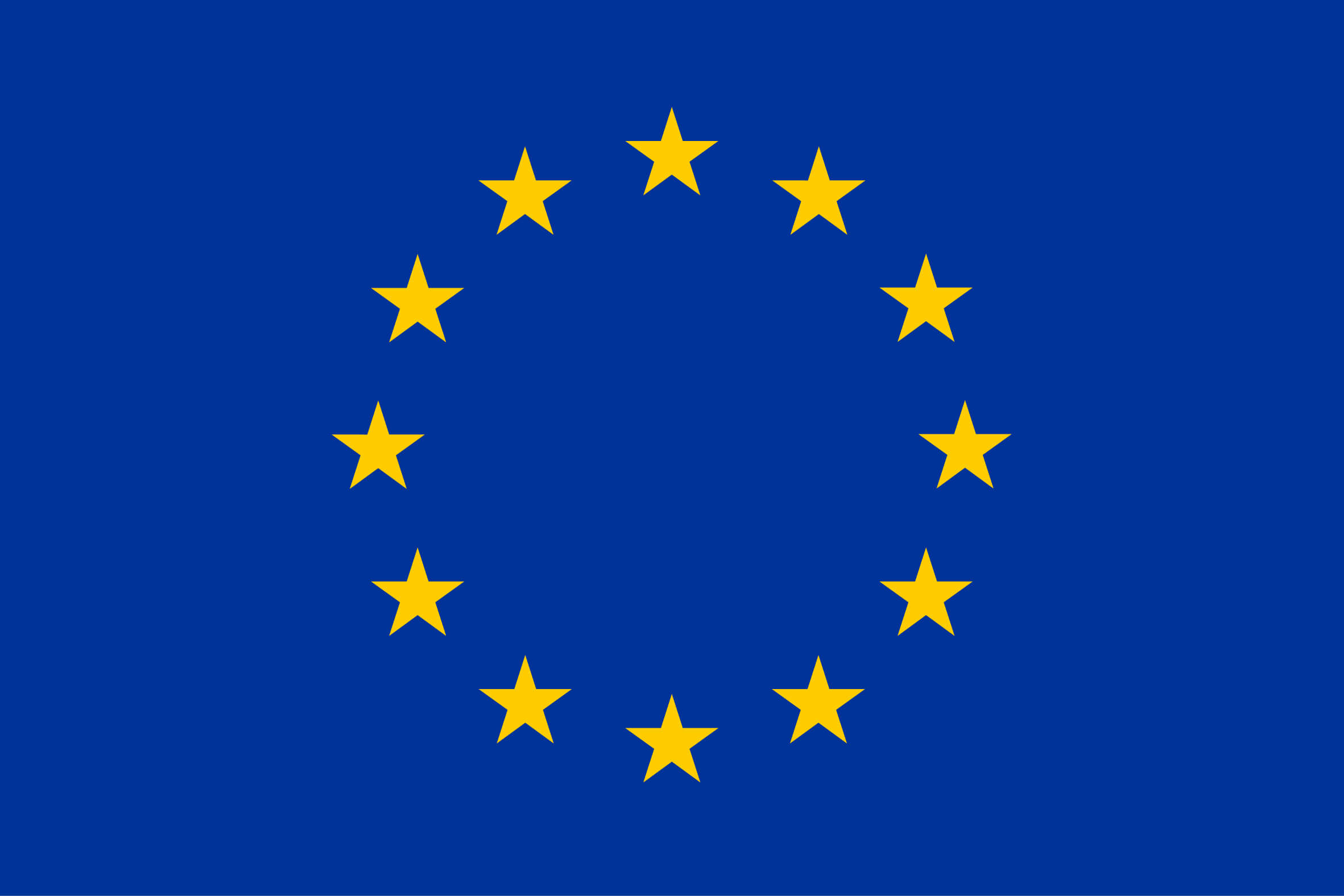BORIS: Building confidence in deep disposal using data from the borehole injection sites at Tomsk-7 and Krasnoyarsk-26
The BORIS Project used data and samples from the Russian borehole injection sites for liquid radioactive waste at Krasnoyarsk-26 (now Zheleznogorsk) and Tomsk-7 (now Seversk) to further the understanding of the chemical behaviour and migration of radionuclides in the geological environment. At these sites, the migration behaviour of many radionuclides, and the effectiveness of clay layers in isolating radionuclides was studied in a natural groundwater system at repository depths, with the sites providing a unique opportunity to study the migration of radionuclides under in situ geosphere conditions. The project that had been in operation from the 1960s for a period of over 40 years amassed large volumes of data, much of it in hardcopy/paper form, on the geology and hydrogeology of the two sites. Through collaboration between Russia and Western Europe, the data in its entirety was archived to ensure its preservation.
Overview
Project Dates: 1/11/2000 – 31/07/2002
Project Status: Finished
Project Website: N/A
Krasnoyarsk-26 and the similar site at Tomsk-7 were studied between 2000-2002 under the EC-funded BORIS (BORhole Injection Sites) project. At each site, the liquid wastes were injected through an array of injection wells. Many tens of monitoring wells, most of them open to the disposal horizons, were used to monitor the behaviour of wastes and groundwater in the subsurface. The open (filtration) wells were used to sample groundwater from the disposal horizons and to monitor the composition and migration of waste components and their hydrochemical interaction with the natural water-rock system.
The very large volume of monitoring information collected over the forty years was not amenable to analysis, and some was also in danger of being lost, because it was held in multiple places and in most cases available only in paper form. Therefore, one of the main objectives of the BORIS Project was to compile and collate available information on the deep well injection disposal of high activity liquor, and to create an electronic database of this information, thus ensuring its preservation and availability for future analysis. Additional objectives were to collect samples of rock and groundwater from the sites and to subject them to preliminary geochemical and radiochemical investigation.
Objective
The objectives of the BORIS project were to:
- Improve understanding of the processes that control radionuclide migration in the geosphere at typical repository depths, and the transfer of site data to PA.
- Compare the effectiveness of deep well injection of liquid radioactive wastes with Western strategies for geological disposal.
- Establish methods for communicating the project results to the public and other interested stakeholders.



